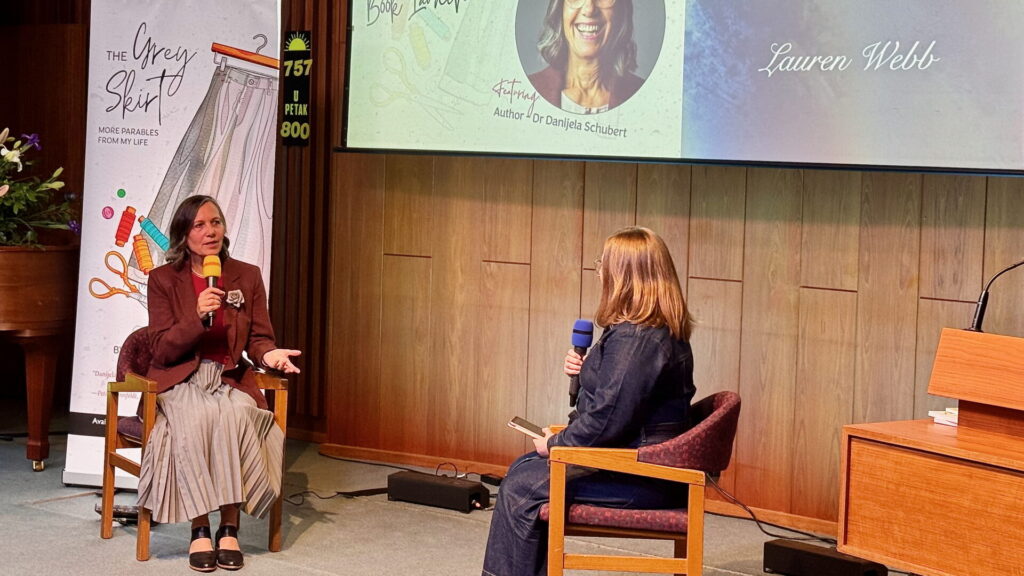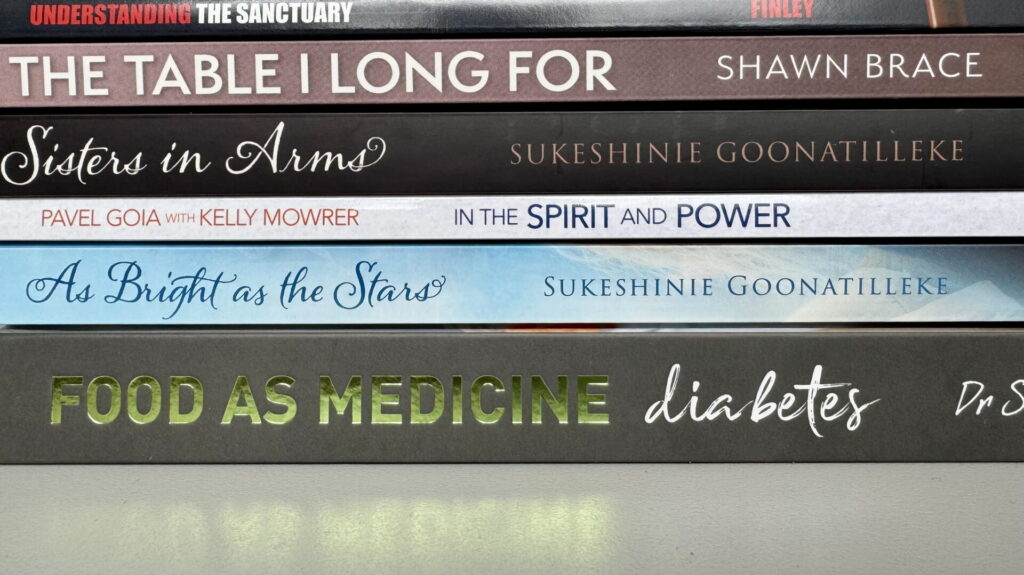I was around 10 years old and playing happily outside our four-storey apartment building with the girl from next door who was about a year younger than me. At the time, I did not realise that what happened next would be so significant.
We went to the foyer of the building next door and found an older boy, perhaps 16-18 years old, calling us in to show us something. What he wanted to show us surprised us and scared us, as he unzipped the front of his pants and exposed himself.
Both of us ran out of the building and I told my mum what had happened. Later, we passed that young man on the street and I told my mum that he was the one. She found out where he lived and we both went to his house. My mum exchanged some strong words with his mum and he never bothered me again. But I remember him forever and every time I pass by his house, I remember what happened. This event has left a scar on my memory.
Unfortunately, this was only the first experience of this type that deeply affected me as a person. The next two were more devastating.
My brother, who was eight years older than me, purchased a pornographic magazine that he used to help him satisfy his sexual needs. I found that magazine and kept coming back to see the images. It was very addictive. My body was reacting to what it saw and wanted to see it again and again.
This time I did not say anything to my mum. Or anybody else.
Later, I was cleaning offices in a big shipyard during summer vacation. Several men who worked in the building had time on their hands and invited me to watch something “interesting” with them. I was curious. This was the time when videotapes started to be produced. I was about 16 when I saw a full-length pornographic movie.
All of these events had a lasting impact on me.
We tend to think of pornography as only a male problem. It is not. In Australia, in 2006 it was “found that 93% of males between the ages of 13-16 and 62% of females have viewed pornography over the internet”.1 That was 12 years ago. A lot has changed since then. I dare say, not for the best.
There is, however, a difference in how pornography is experienced by male and female teens exposed to it. Older teen males tend to find it exciting, arousing and amusing while females express shock and distress. Males are more likely to deliberately seek pornographic material and more frequently. Exposure to younger children (9-12) of both sexes is particularly distressing to them.
These exposures deeply affected me. For years those images kept replaying in my mind. They affected how I saw myself, how I saw others; it affected my relationship with my boyfriend and husband later on.
If pornography was a problem more than 40 years ago when I was young, it is almost unimaginably a bigger problem now. Accessibility of such material is far easier today than it was then. In the US, 90% of children aged between 8 and 16 claim to have viewed pornography on the internet.2 Ninety per cent! From as early as eight years of age!
There are many studies showing the negative, long-term effects of pornography on young people.
Pornography is associated with:
- Unsafe sexual practices.
- Sexual dissatisfaction, anxiety and fear.
- Increased levels of self-objectification and body surveillance.
- Stronger beliefs in gender stereotypes, more likely viewing women as sex objects.
- Sexual aggression.
- Physical and verbal aggression, predominantly by men towards their female partners.
Those who have been unwittingly exposed to pornography experience strong and lasting negative emotions, which are difficult to overcome. Anger, embarrassment, disgust, disturbance, fear, sadness, shock, sickness, surprise, repulsion. It is rape of the mind.
So the question comes to mind: What are we doing about it?
I’m glad my mum stood up for me back then. We need to stand up for our children. There are different ways to do that:
1. We need to be vigilant, monitoring what our children are viewing on the internet as well as in magazines. Set up rules and stick to them. Some rules could be that children:
- will not have a mobile phone until a certain age, or at least not a smartphone.
- will use a computer only in the presence of adults.
- will not use smartphones or computers in their bedroom.
Remember: as a parent you are the most important and most influential person in a child’s life.
2. We need to foster warm, open and communicative relationships with our children. I remember when, as we were washing the dishes one day, my teen son asked me, “What is our Church’s view on foreplay, Mum?” I was a bit shocked, but did not show it. We had an interesting and open conversation, and the dishes were done in no time.
3. Help them to think critically, to evaluate what they are seeing/doing/listening to. Ask questions such as “Who made this? What does it mean to you? What do you want to do as a result?” Help them to evaluate what they read for school, what they watch on TV. Make it a habit. Porn will be one of those issues you will discuss.
4. Educate ourselves about the issue. Technology is changing. If we want to help our children navigate through life, we need to be up to speed with their world. Furthermore, learn about the pornography industry as well; learn the effects it has on children’s brains and their development.
5. Provide support to those exposed to the evils of pornography. This could be your child, other children, young adults as well as adults in the church or neighbourhood. Young women and men featured in pornographic materials also need help and prayers. Many of them are sex slaves.
Pornography is another evil in the quiver of the thief who “comes only to steal and kill and destroy” (John 10:10). Let’s work together to “overcome evil with good” (Romans 12:21).
Dr Danijela Schubert is Women’s Ministries leader within the South Pacific Division’s Discipleship Ministries Team.






